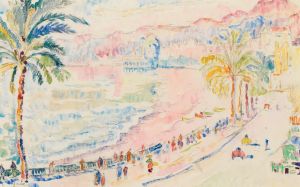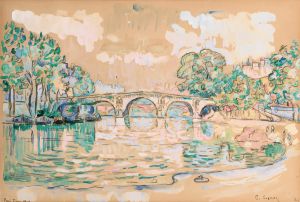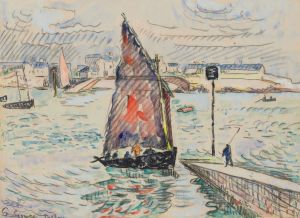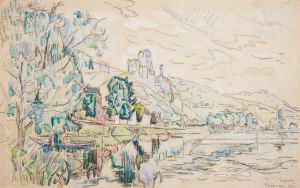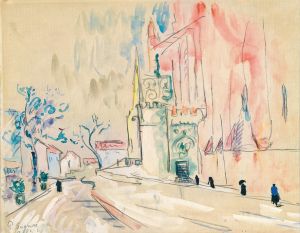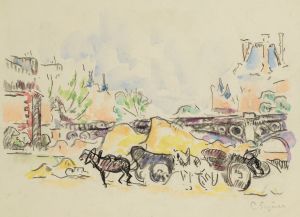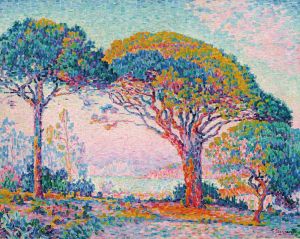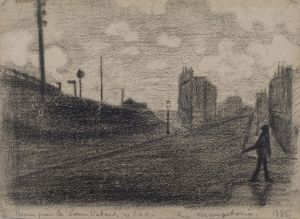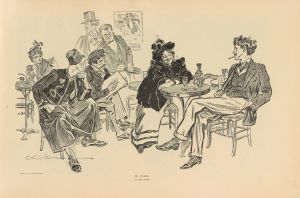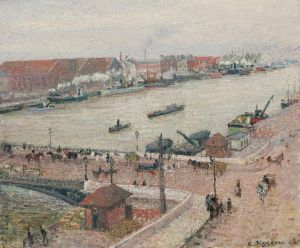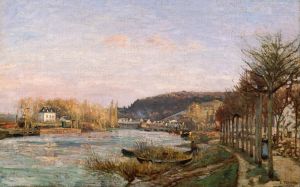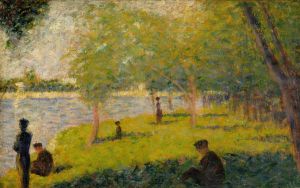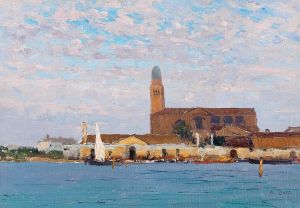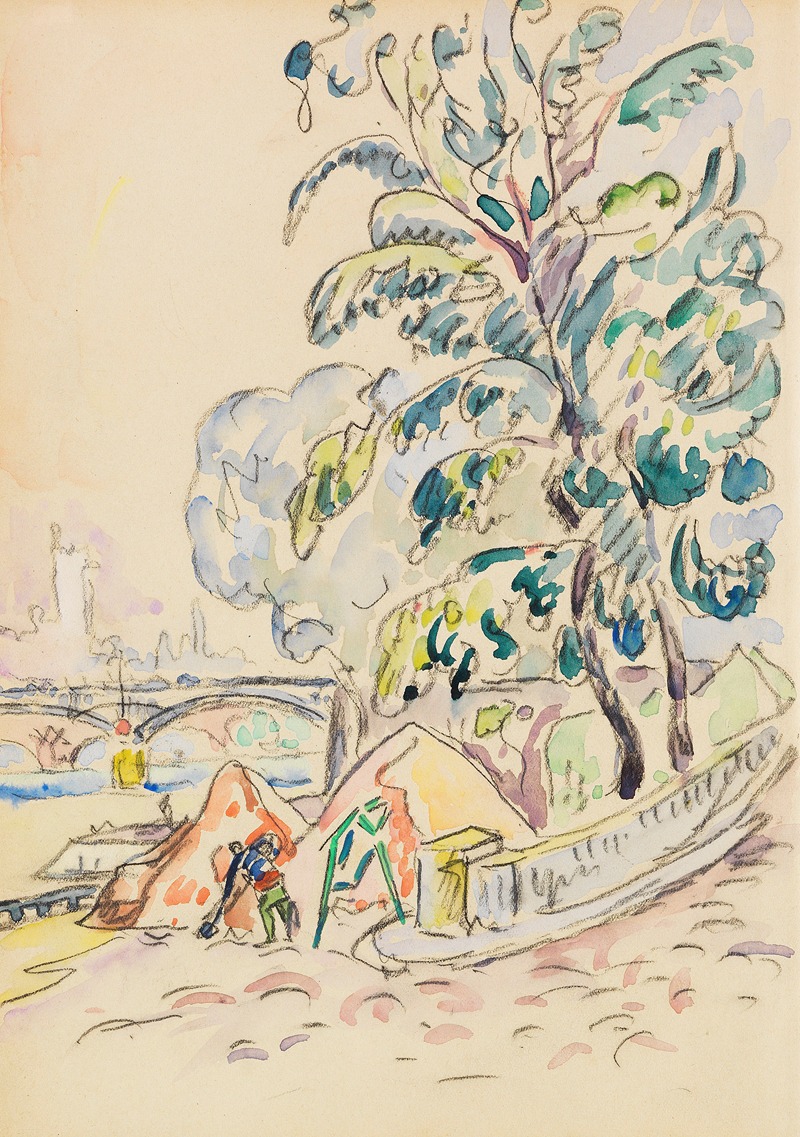
An der Pariser Seine
A hand-painted replica of Paul Signac’s masterpiece An der Pariser Seine, meticulously crafted by professional artists to capture the true essence of the original. Each piece is created with museum-quality canvas and rare mineral pigments, carefully painted by experienced artists with delicate brushstrokes and rich, layered colors to perfectly recreate the texture of the original artwork. Unlike machine-printed reproductions, this hand-painted version brings the painting to life, infused with the artist’s emotions and skill in every stroke. Whether for personal collection or home decoration, it instantly elevates the artistic atmosphere of any space.
Paul Signac's "An der Pariser Seine" (translated as "On the Banks of the Seine, Paris") is a notable example of the artist's work, reflecting his mastery of the Pointillist technique. Signac, a French Neo-Impressionist painter, was born on November 11, 1863, and became a significant figure in the development of the Pointillist movement alongside Georges Seurat.
The painting "An der Pariser Seine" captures a serene and picturesque view of the Seine River in Paris. Signac's use of vibrant colors and meticulous brushwork exemplifies the Pointillist style, where small, distinct dots of color are applied in patterns to form an image. This technique, also known as Divisionism, relies on the viewer's eye to blend the colors optically rather than physically mixing them on the palette.
Signac's interest in the effects of light and color is evident in this work. The painting likely depicts a scene from the late 19th or early 20th century, a period when Paris was undergoing significant changes and modernization. The Seine River, a central feature of Paris, provided a rich subject for artists of the time, offering dynamic reflections and a bustling atmosphere.
In "An der Pariser Seine," Signac's composition includes elements typical of his urban landscapes: the river, bridges, and possibly the silhouettes of buildings or trees along the banks. The careful arrangement of color dots creates a shimmering effect, capturing the movement of water and the play of light on its surface. This technique not only enhances the visual appeal of the painting but also demonstrates Signac's scientific approach to color theory and his dedication to the principles of Neo-Impressionism.
Paul Signac was deeply influenced by the work of Georges Seurat, the pioneer of Pointillism. After Seurat's untimely death in 1891, Signac became the leading advocate of the movement, promoting its techniques and ideas through his own work and writings. He was also an active member of the Société des Artistes Indépendants, an organization that provided a platform for artists to exhibit their work without the constraints of traditional academic standards.
Throughout his career, Signac traveled extensively, painting scenes from various coastal towns and cities across France and beyond. His works often reflect his love for the sea and his fascination with the interplay of light and water. "An der Pariser Seine" is a testament to his ability to capture the essence of a place through his distinctive style.
Signac's contributions to the art world extend beyond his paintings. He authored several important texts on the theory and practice of Neo-Impressionism, influencing future generations of artists. His commitment to exploring the scientific aspects of color and his innovative techniques have left a lasting legacy in the history of modern art.
"An der Pariser Seine" remains an important piece within Signac's oeuvre, showcasing his skillful application of Pointillism and his deep appreciation for the natural and urban landscapes of France. The painting continues to be admired for its technical precision, vibrant color palette, and the tranquil yet dynamic atmosphere it conveys.





